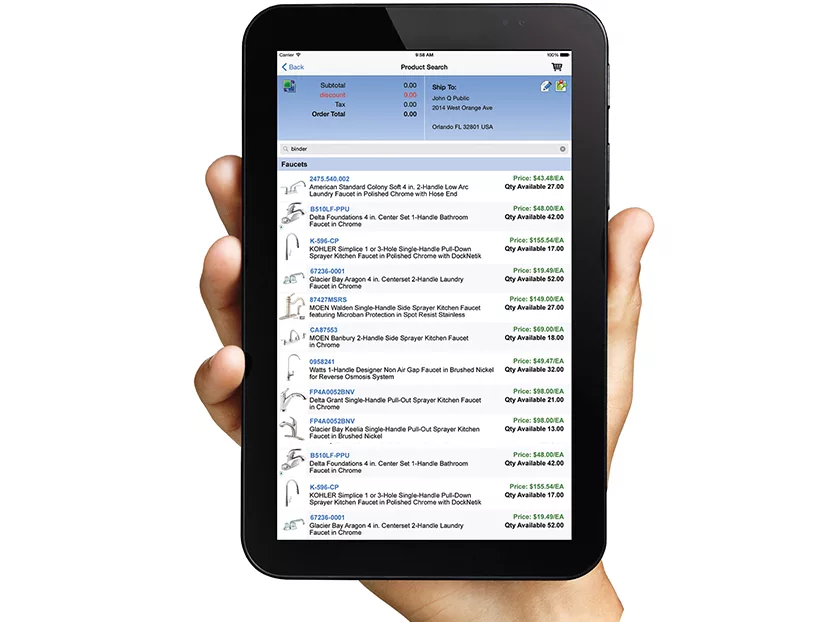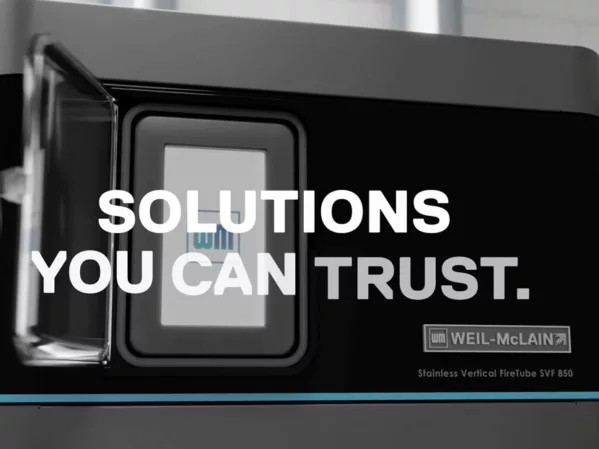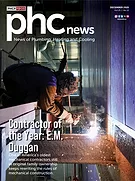The manufacturing and distribution industries are complex and characterized by constantly moving materials that are dependent on a number of processes. Between heavy machinery, dozens of technicians, quality control inspectors, and thousands of items being processed through the assembly line, manufacturing facilities need a high degree of precision to maximize efficiency.
As such, technology plays a critical factor in ensuring success in today’s faster-than-ever manufacturing and distribution demand. One technology tool that plays a big role in making manufacturing and distribution roles more efficient is mobility.
Mobile technology adoption is growing at an exponential rate, and considering the majority of today’s consumers own a smartphone, designing mobility into processes and procedures is a natural strategy to bring more accuracy and speed to manufacturing and distribution tasks.
With the promise of improved communication, collaboration, and responsiveness to delivery dates, manufacturers and distributors should focus efforts on standardizing mobile apps optimized for manufacturing environments.
With numerous applications, mobility has the potential to modernize workflow in a number of industries. Specifically for the HVAC industry, employees are often in the field, moving from job to job with not a lot of time in between to conduct inventory and purchasing job functions.
Between mobile order entry, route sales applications, and proof of delivery technology, manufacturers and distributors can increase company ROI, improve overall customer communication, and maximize operational efficiency.
Mobile order entry anytime, anywhere
In today’s mobile-centric world, having a web presence alone is no longer sufficient. The rise in mobile device use has made mobile apps a key sales tool for manufacturers and distributers of all sizes. Mobile order entry lets customers place orders anywhere, anytime, which ultimately changes the way companies do business.
In the HVAC industry where contractors are busy in the field, mobile order entry is a game changer for both the contractor and the HVAC parts manufacturer and distributor. In the instance, the contractor needs a particular part for an HVAC job, they can pull up the product on the mobile product catalog, see the item image, details, availability, and price and then place the order. The contractor can add items to the order with features such as product search by partial description, manufacturer name and part number, quick order by scanning a barcode to identify the item, shop from history to reorder items previously purchased, and shop by department by picking product groups and sub-groups. The contractor can also select different payment methods to complete the order, pay open invoices, and easily review order status and order details. They can also decide if they would like the product shipped or if they would like to pick it up at a specific location.
In the past, if a contractor didn’t have a particular part, they would need to find time to go off-site to the company computer to check inventory and place an order, or carry a laptop and second device for internet connection. The ability to check inventory, place orders and process payments in the field without the need for Wi-Fi saves significant time and increases job efficiency overall.
For manufacturers, streamlined mobile order entry is significant for increasing customer loyalty. In offering mobile solutions, manufacturers improve communication, collaboration and responsiveness to customer-driven deadlines and delivery dates. The ability to provide mobile order entry and real-time response shows manufacturers are respectful of the customer’s time, which improves satisfaction and in turn, loyalty.
On-the-go route sales
Just as important as the ordering and manufacturing of goods, the management and delivery of goods is a process that greatly benefits from mobile technology. A mobile application for route sales automates the entire process, from truck loading to sales order processing to delivery confirmation. Mobile applications are making distribution more transparent, accurate, and traceable.
As complex products are being built and demand for goods is under pressure for fast delivery, mobile applications can be of significant help in building transparency and traceability for customers. Through their mobile device, customers can request order status, delivery dates and configure order alerts for 24/7 traceability.
On the manufacturing side, mobile route sales allows distributors to confirm truck loading, track status via GPS and other navigation tools, process orders, and confirm items delivered, collect payments, print or email delivery receipt and invoice and perform truck settlement. Having access to this information on-the-go allows manufacturers to easily trace product from the shop floor to the customer’s hands, improving transparency and accuracy in order processing and delivery.
Proof of delivery
In the past, when a product was delivered to its final location, the product carrier would need to alert the customer and manufacturer upon completion of the entire route rather than a stop-by-stop basis. Mobile applications allow for real-time alerts for both the customer and manufacturer when the product is delivered. In addition to the real-time alert, many applications allow the deliverer to scan the item or even take a picture of it to confirm delivery. Having this technology on a mobile device eliminates the need for additional scanning and tracking devices, saving time and productivity.
The ability to take an image of the delivered product relieves the common pain point for manufacturers and distributors of proving with 100 percent certainty that a product was delivered. Logistic mistakes are unavoidable at times, and if a product was delivered to a wrong address or delivery wasn’t coordinated on time, manufacturers used to have no way of providing complete certainty that a product was delivered. This can easily lead to profit loss from having to ship a new product and a loss of customer trust and service. Mobile proof of delivery applications make it easy to trace the product and prove if the product was indeed delivered, or if there was a misstep and where exactly that misstep occurred.
Mobility is allowing manufacturers to work within customers’ on-the-go, 24/7 timeframes. By providing transparency and constant communication through mobile applications, manufacturers and distributors can deliver greater value in less time.




